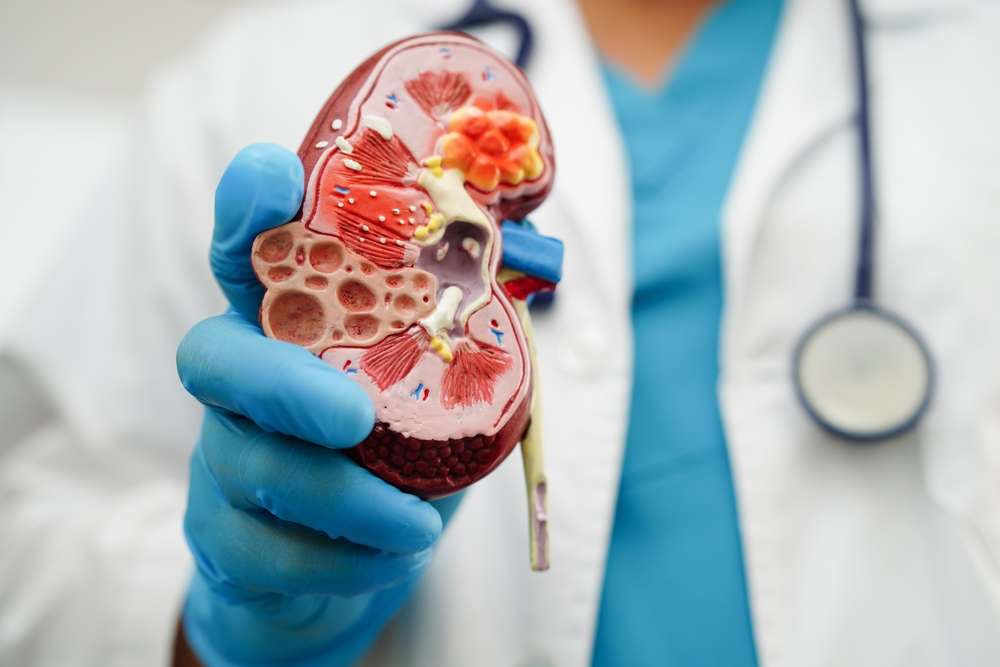
Increase in Kidney Stones Among Children and Teenagers: Causes and Potential Solutions
Recent research reveals a concerning trend of rising kidney stones among children and teenagers, challenging the notion that it only affects middle-aged men. Kidney stones occur when hard deposits form in the urinary tract, causing pain and potential blockage. While 10% of Americans will experience a kidney stone, cases in children as young as five years old have been reported. Additionally, children who develop kidney stones have a 50% chance of recurrence within five to seven years. Experts are perplexed by the increasing prevalence, particularly among girls and during the summer months. Unlike adults, children with kidney stones are generally healthy, making the cause unclear. Some possible factors contributing to this surge include a diet rich in processed foods, early antibiotic use, and dehydration due to climate change. A study following over 153,000 individuals treated for kidney stones revealed a 16% increase in cases from 1997 to 2012, with the largest rise observed among 15-19-year-olds. Girls and women had a 52% higher risk than boys and men, and childhood nephrolithiasis risk doubled for both genders. Diets high in sodium and fructose corn syrup, along with inadequate hydration, play a role in stone formation. Moreover, young people are more vulnerable to hot weather, which decreases urine output, facilitating mineral aggregation. As average temperatures rise, so does the prevalence of kidney stones. The southeastern U.S. has a significantly higher incidence than the Northwest. Additionally, certain oral antibiotics prescribed during early childhood have been associated with an increased risk of kidney stone development. These findings highlight the urgent need for further research and preventative measures to address this growing health concern among young individuals.
To know more: About the original article click here.
